
Whale Watching in the Western Cape
As the swells rocked the boat, I attempted to balance while holding my camera steady enough to focus on the southern right whales in the far distance. It turns out I am a terrible photographer at sea and after experimenting with what I could get I followed the advice I often give others, I put my camera down and enjoyed the moment. I am currently working my way through the things-do-before-I-move-back-to-the-US list and one of the items was to see the whales. As they only frequent South African waters from July – October, I wouldn’t have another chance if I did not go now. I opted for whale watching in the Western Cape near Cape Town on a marine big 5 boat safari in the hopes of seeing whales, as well as penguins, seals, sharks, and dolphins.
While there is a possibility of seeing Blyde or humpback whales, the most likely whale species spotted is the southern right whale. They return to South Africa waters to breed and then to give birth a year later. During this time the females do not feed and survive off their stored blubber until the calf is strong enough to return to the icy Antarctic waters. South Africa boasts some of the best land-based whale watching; so much so, that Hermanus, a town 1.5 hours outside of Cape Town, hosts and annual whale festival and even has a resident whale crier to alert denizens and holiday-goers when whales have been spotted. Alternatively, if you are want to do boat-based whale watching in the Western Cape and you are in Cape Town, most operators depart from Gansbaai, approximately 2 hours from Cape Town. Land-based whale watching may be the preferable option for those who suffer from sea sickness as the waves can be quite hectic and boat trips are often cancelled due to inclement weather. Our boat was the first to depart in nearly two days because of high winds.
I arrived punctually at Dyer Island Cruises and was the first person to check-in for our 9:00am boat safari. Nearly an hour later the other 50 passengers had arrived and our safety briefing finally began. Given that many people are making a two hour trek from Cape Town, the wide cushion is understandable. At least coffee and muffins were provided while we waited. Outfitted with life vests and bright orange jackets we trudged down to the harbor and boarded the boat. Not all of the seats face out to sea, so ensure you board early if you want to sit on the front of the boat where the best seats are. You are not allowed to stand while the boat is moving, instructions the French woman on my boat repeatedly and rather humorlessly ignored, despite being reminded every time she did stood. As soon as the boat stops, you are allowed to stand and the tour company is good at positioning the boat so that everyone gets a decent view no matter where they are seated.
We started off motoring to where other boat operators were running shark diving expeditions. Sadly there has been a remarkable decline in great white sharks sightings in Gansbaai that has baffled conservationists and left many tourists disappointed. Interestingly, a theory is that they are being driven away by orcas that have been preying on the sharks for their nutrient rich livers. Consequently, I was not hopeful of seeing a single shark, but as we waited several bronze whaler sharks circled and low and behold a small great white shark appeared and chased after the wooden seal dummy they used to attract sharks. Since sharks are inquisitive, our boat departed after a brief stop so as not to poach the shark sightings away from the shark diving operators.
As we sailed along the coast searching for whales, over the loud speaker came the announcement that two adult whales and a calf were to the left of the boat. An average southern right whale clocks in at a massive 50 feet and 60 tons with the females being larger than the males. They lack a dorsal fin and the visible parts of the whale are the callosities (keratinized tissue that is unique to each whale) on their enormous heads, flippers, or flukes (tail) as they dive deep into the water. Photographing the enormity of a mammal that is larger than a school bus is nearly impossible, as evidenced by my photos. Our whale watching adventure was fruitful and we were lucky enough to see six more whales including a calf that was breeching, repeatedly flinging itself out of the water and returning with a giant belly flop. For those who plan to do photography note that part of the coastline is dotted with homes and photographers may have to find difficult angles to remove them. In addition, know your camera settings incredibly well in order to adjust quickly all while trying to keep the horizon level and the subject in focus when you are unstable. As I said, photography at sea is fraught with challenges.
Having been successful in our search for whales, we headed off for a brief drive-by of Geyser Rock where nearly 60,000 cape fur seals reside. It is also the site of a ship wreck and there is something in juxtaposition of seals lounging on the old structure. It is as if on that one spot nature is winning over the vagaries of humans who hunted them ruthlessly and now flock to shoot them with a camera. Our last stop was Dyer Island, home to a dwindling African penguin colony. African penguin numbers are estimated to have declined 60% in the last 30 years and on Dyer Island alone the 1200 breeding pairs that inhabited the island in 2009 has been reduced to 900 pairs. I could only spot three penguins from my vantage point on the boat high on the tips of the rocks. The last time I visited they covered the island little black and white specks filling nearly every space. While their absence on that day could have more to do with them feeding at sea instead of nesting, the contrast was stark.
The more I explore our planet, the more I overcome with the knowledge that I am a witness to the continued decline and potential disappearance of numerous animals. We are witnessing another mass extinction on our planet and this is clear from my four years of safari going. If spending time on safari does not convert you into a conservationist, I nothing will.
Helpful Tips
If you plan on going whale watching in the Western Cape, I would recommend staying in Hermanus or quaint Stanford instead of rather soulless Gansbaai. I chose to stay in Stanford, at Mosaic Lagoon Lodge. It is located twenty-five minutes from Gansbaai on a lovely private sanctuary. There are numerous activities you can take advantage of, including quad biking, walking along the wetlands, birding, kayaking, and a beach sundowner trip. I did not take full advantage of all of the activities, but I did enjoy birding and a guided nature walk. It seemed fitting on Heritage Day, that I spent two hours watching South Africa’s national bird, the Blue Crane, feed.
Lastly, book your whale watching boat expedition early (the trips sell out) and opt for an early morning departure, as winds often pick up as the day goes on, increasing the possibility of cancellation. Lastly, remember to only carry items that can get wet, layer up for the cold, and pack binoculars.
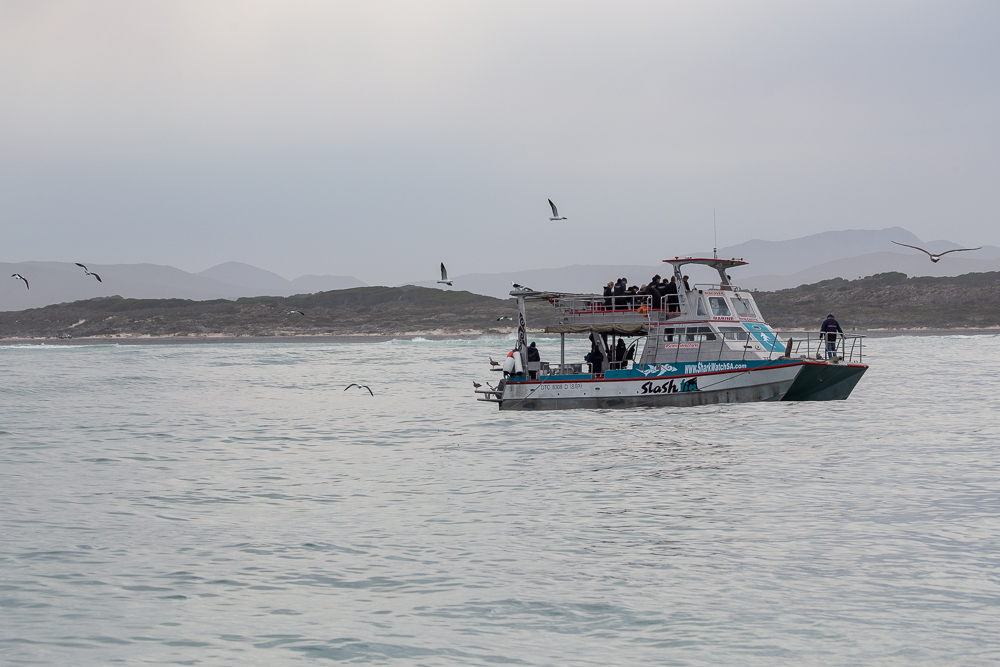
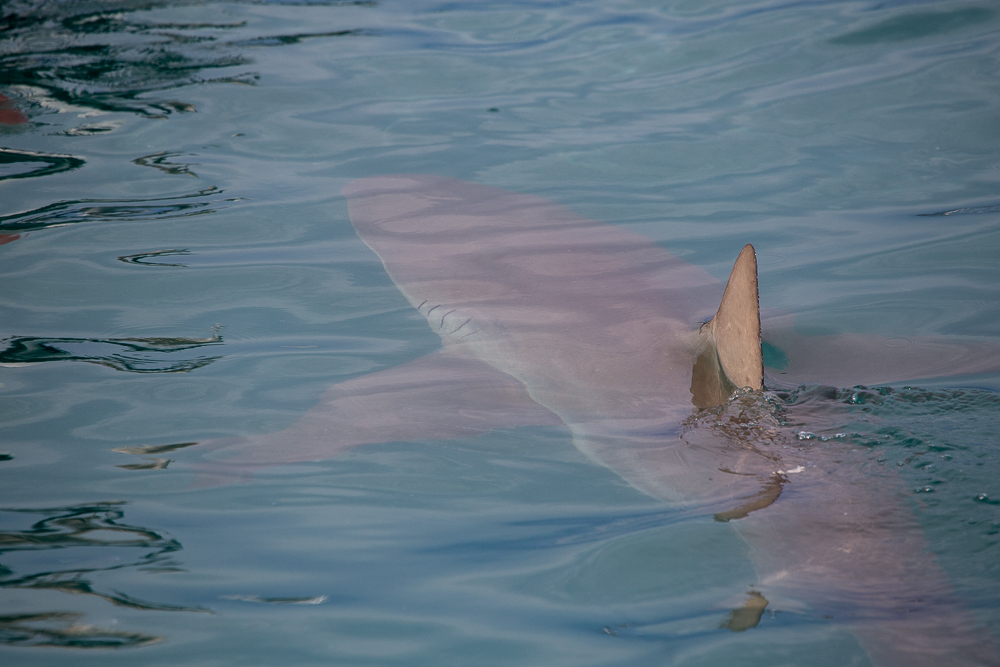
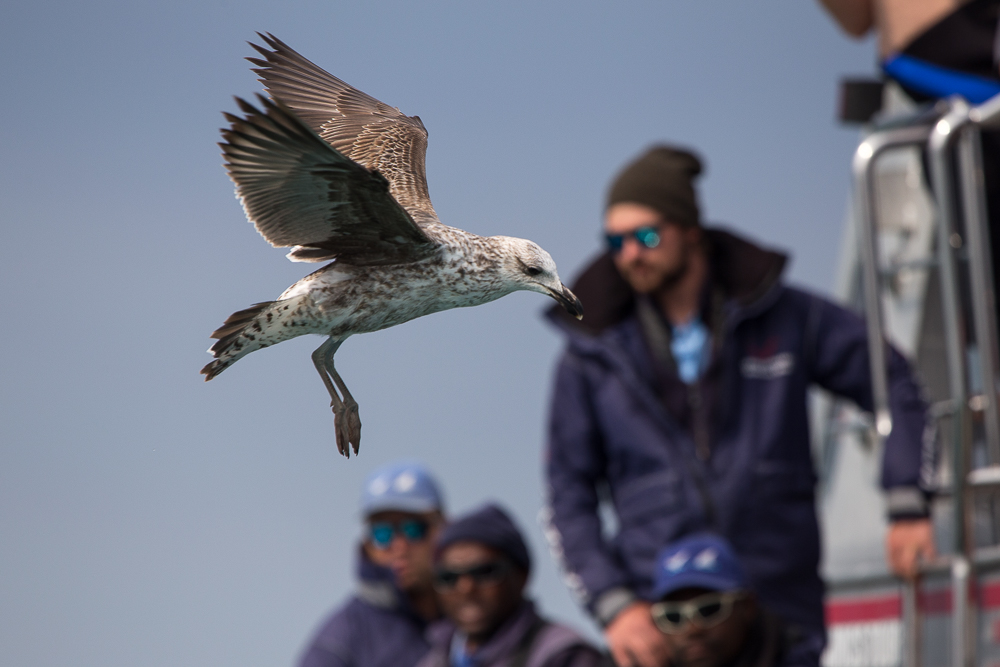
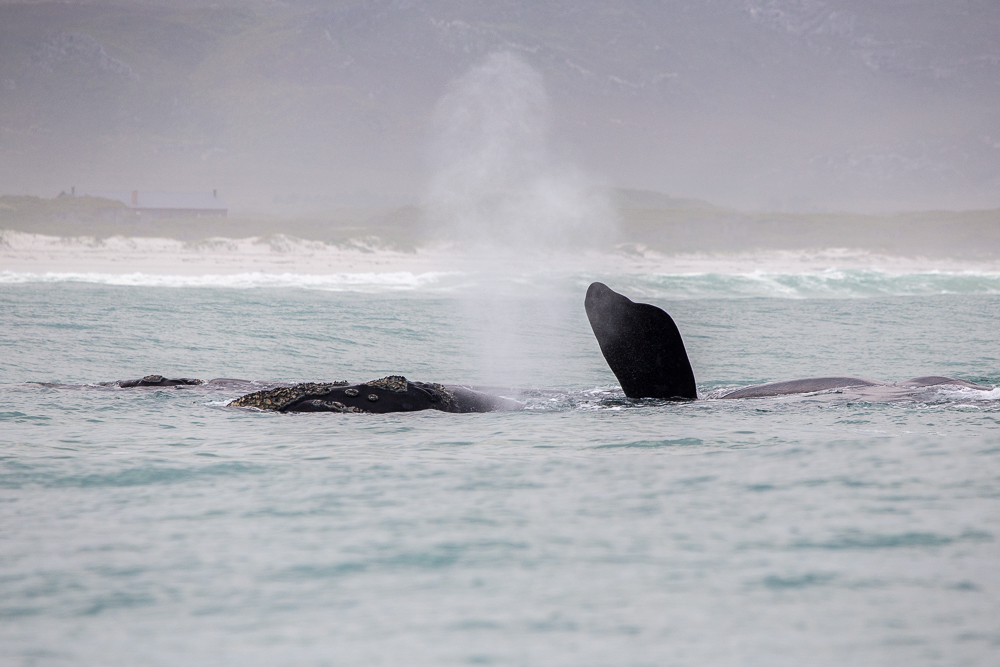
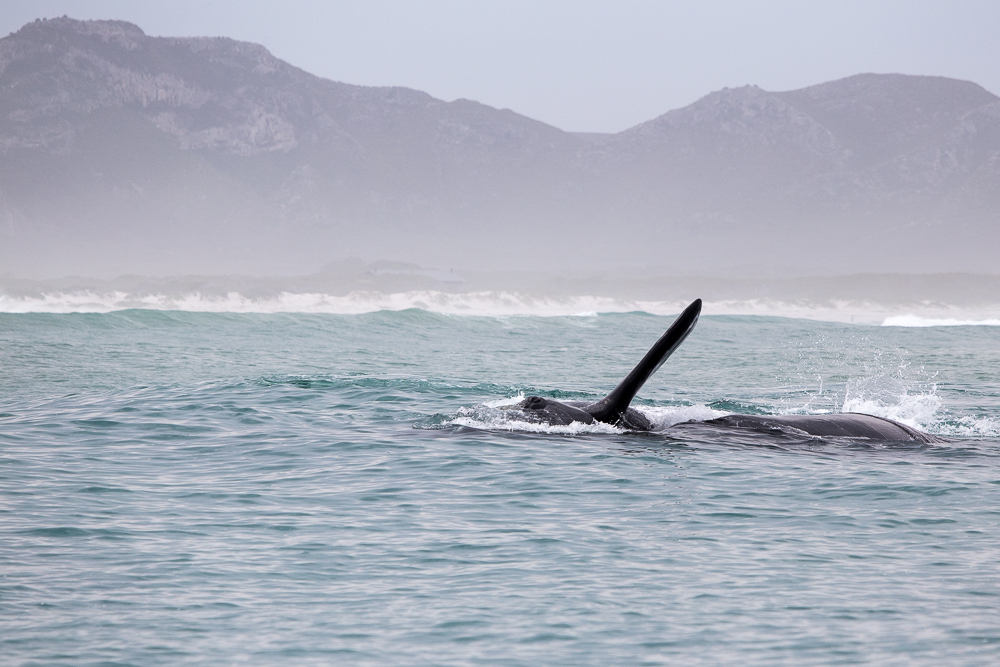
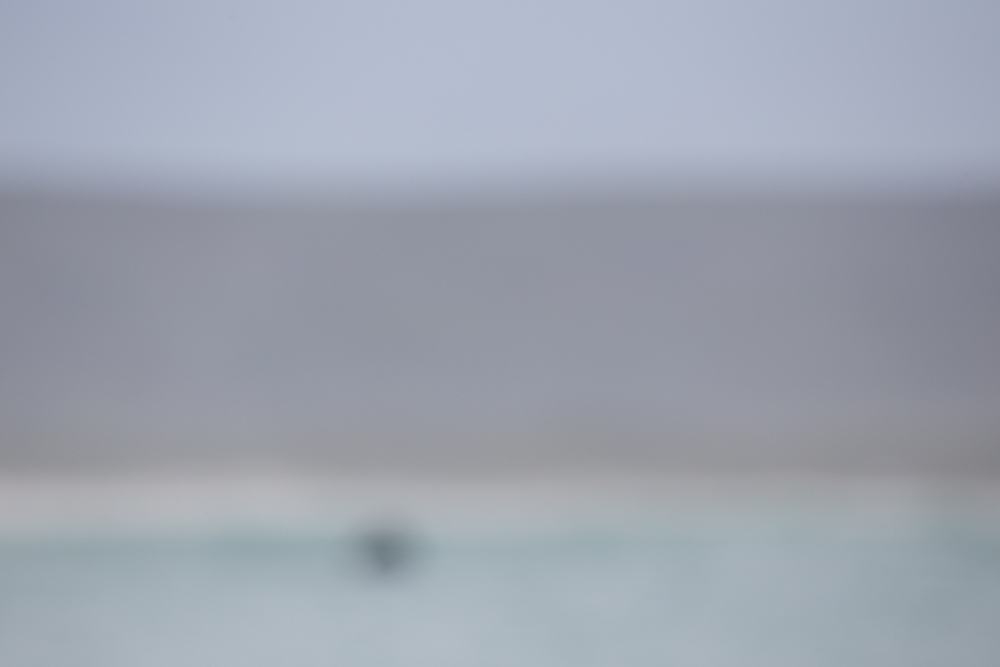
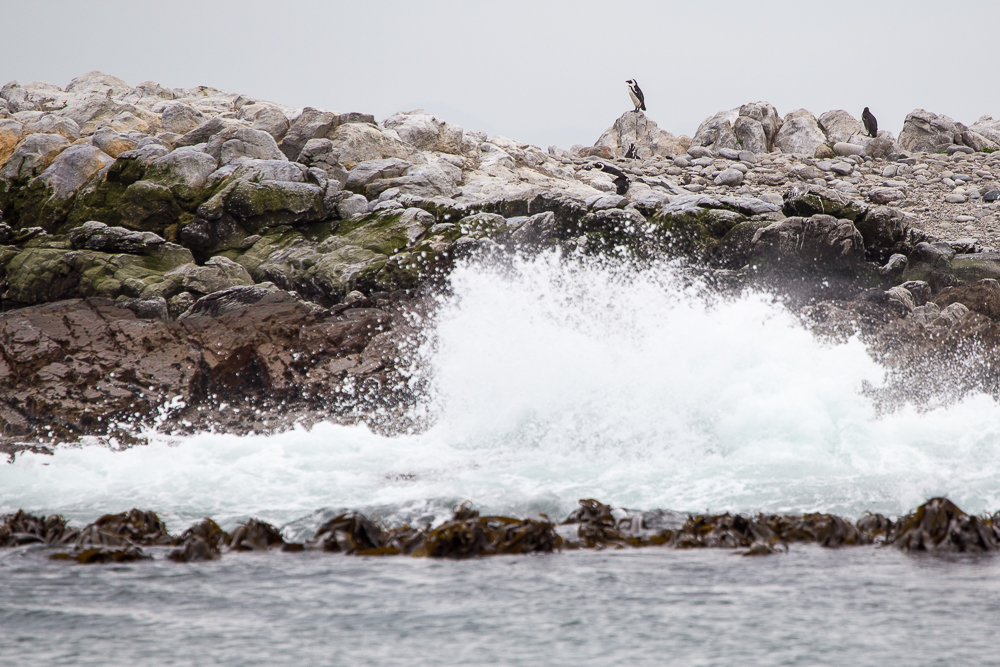
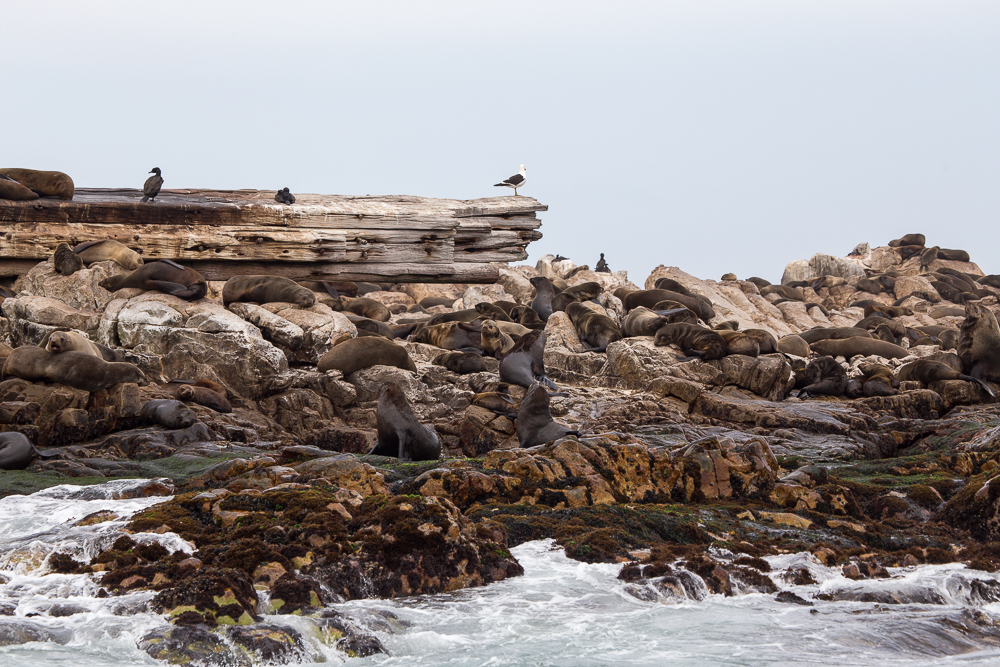
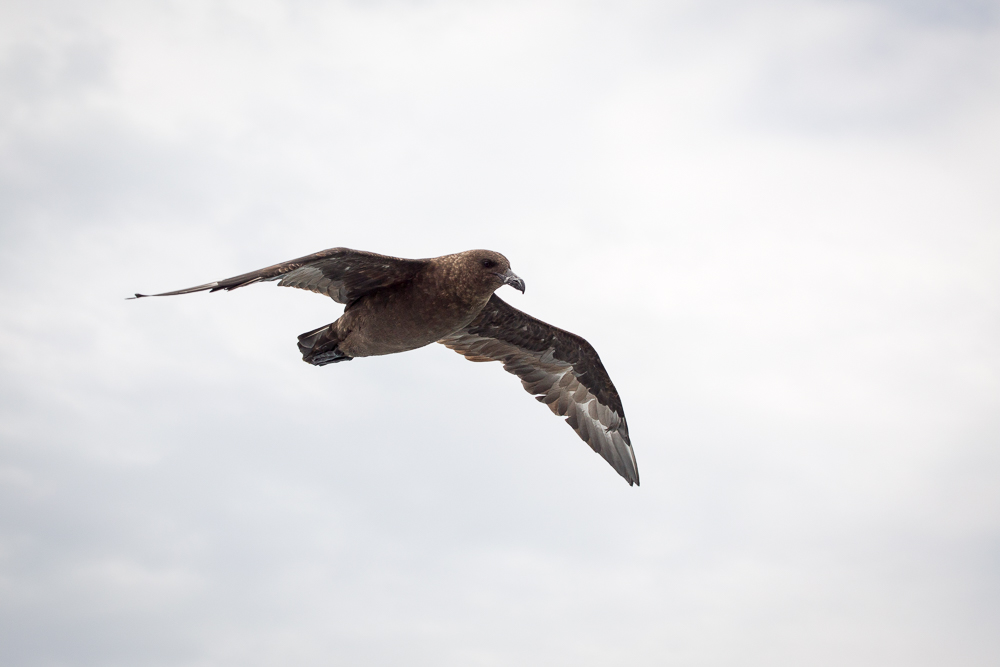
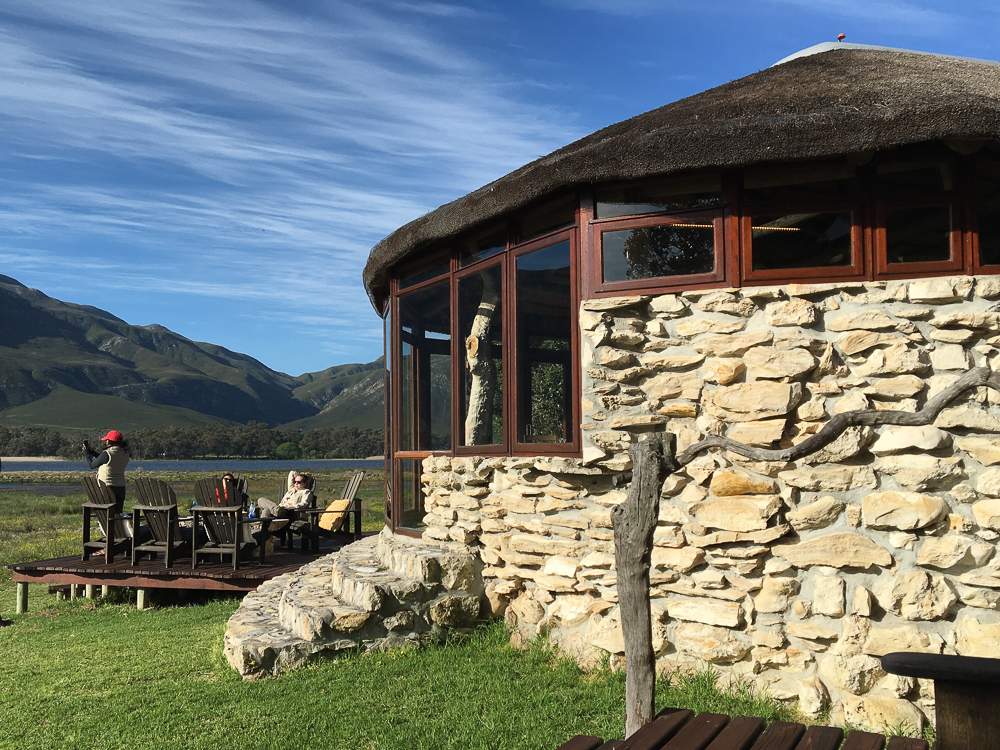
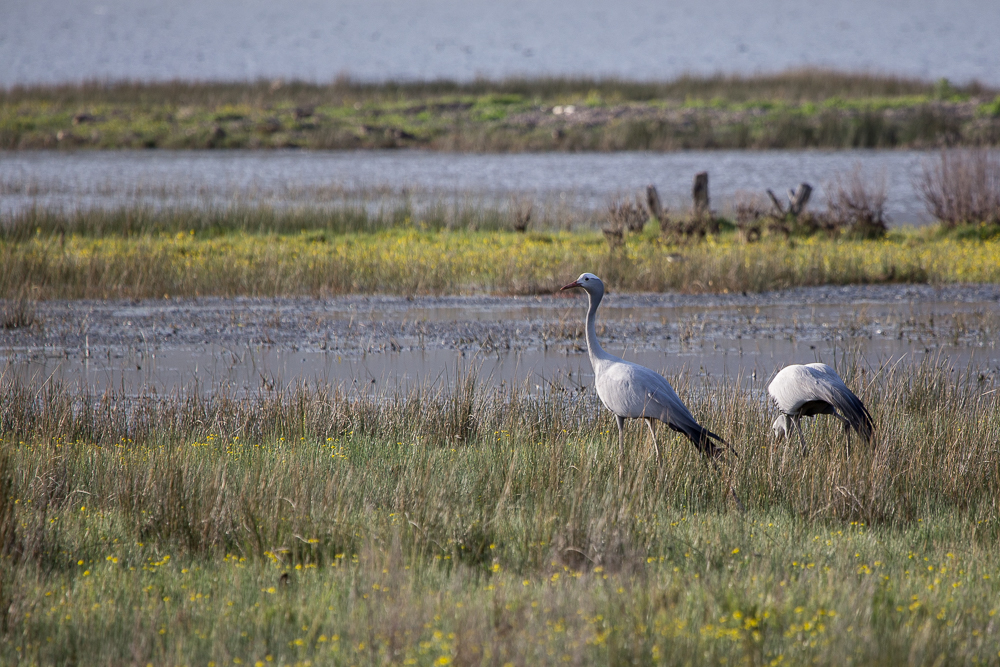
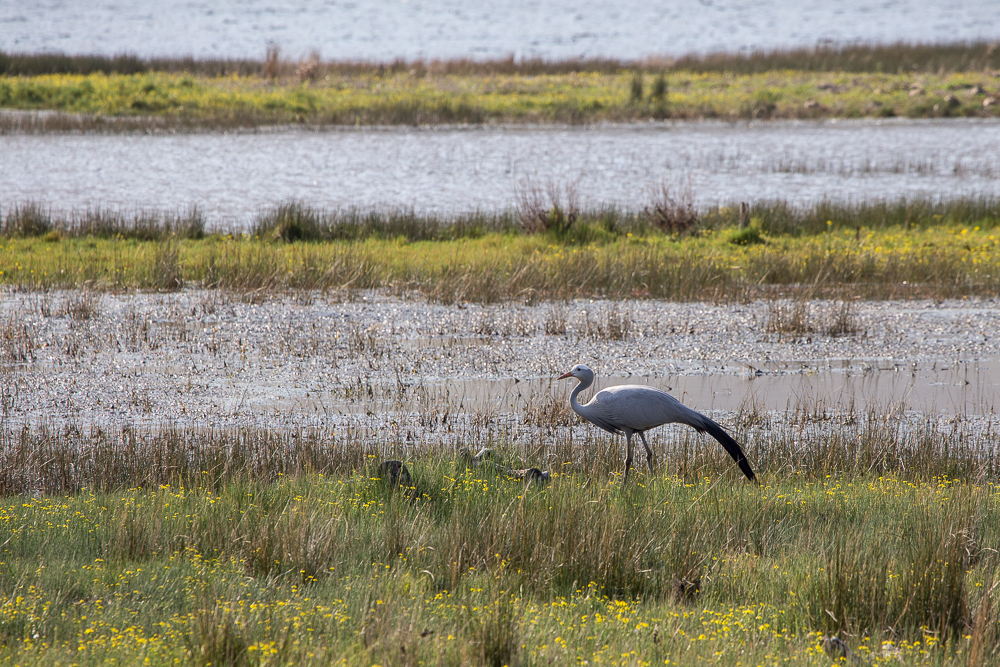



Thanks Megan.